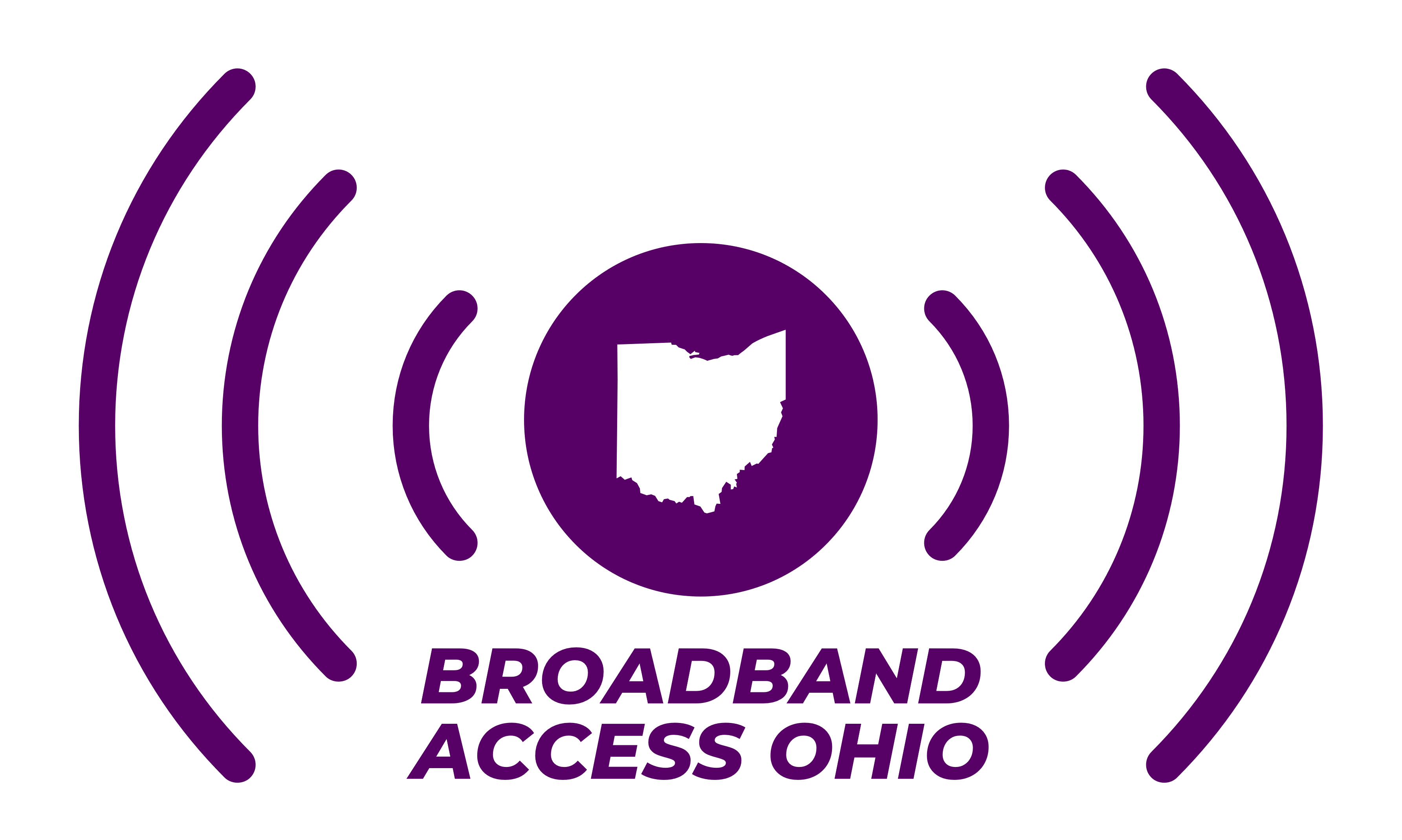VOICES: Ohio leaders prioritize broadband access to lift Ohio communities, strengthen economic development
Dayton Daily News, May 3
The COVID-19 pandemic highlighted, and certainly exacerbated, the critical need to close the digital divide in Ohio’s rural communities. As our nation transitioned to completely remote learning for our school-aged children in 2020, it was quickly apparent just how big of a divide there is.
While ensuring students have proper access to educational materials is paramount, having access to a job is also fundamental for all families. The reality is, the benefits of adequate internet access are intertwined with virtually every aspect of our society, from education and workforce development to telemedicine and work mobility.
A recent Deloitte study shows a direct correlation between broadband access and economic growth. By increasing access nationally, the report shows an average of 175,000 jobs and $37.2 billion in economic output can be achieved annually.
Fortunately, Ohio has leaders who recognize the potential this infrastructure holds and have acted.
Last month, as part of their “Innovate Ohio Broadband Plan,” Governor Mike DeWine and Lt. Governor Jon Husted announced new broadband expansion projects that will make affordable, high-speed internet available to nearly 100,000 Ohio households in 62 counties that do not currently have access to reliable internet connectivity.
This includes a $2 million grant recently announced for Spectrum to invest in Clark County, a project that will provide 1,165 households with high-speed internet.
Internet providers are also stepping up to independently fund expansion projects. AT&T reported in June they invested nearly $100 million in their wired and wireless networks in the Dayton area from 2018 to 2020, and announced in December that fast fiber internet is now available to households in more than 75 Ohio communities including Beavercreek, Centerville, Dayton, Kettering, Oakwood, Riverside, Springfield and Trotwood.
The Ohio Legislature has also taken action to incentivize expanding broadband infrastructure. One of the first bills introduced and passed during this General Assembly, signaling a priority policy, was a measure establishing grants for providers to install last-mile infrastructure for Ohioans. This is in addition to a $250 million investment that legislators included in the state budget that was passed last summer.
Broadband Ohio estimates that 52,000 households will benefit from broadband expansion in 31 counties including Butler, Clinton, Darke, Green, Montgomery, Preble, Shelby and Warren counties and in total, around 230,000 residents will have improved broadband availability thanks to the expansion projects. This will enhance economic growth in these communities and bring about countless new opportunities for residents.
This crucial investment in expanding access for our rural and unserved areas is not just a boon for businesses, but for children, students and Ohio’s workforce for generations to come. I am encouraged that Governor DeWine understands the importance of bridging the digital divide for Ohio’s economic prosperity and its future.
Pat Tiberi is the President and CEO of the Ohio Business Roundtable, an organization comprised of CEOs from Ohio’s top companies working together to advance the business and economic climate for the state.

Recent Comments